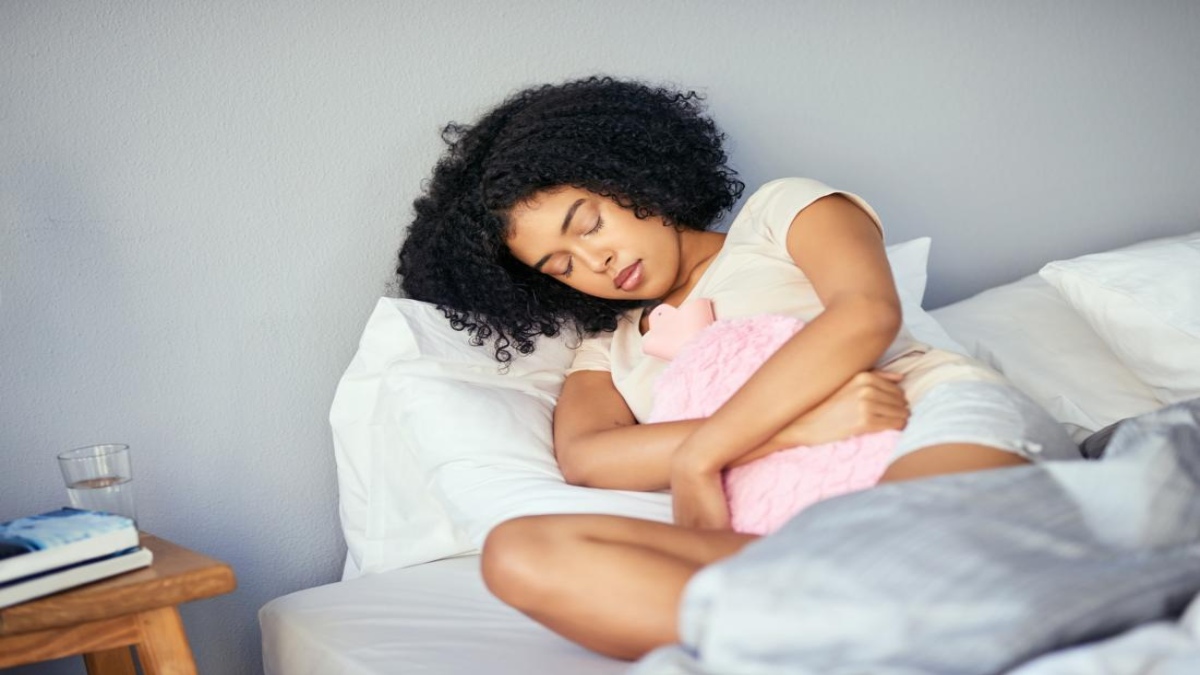Menstrual cramps are a common issue for many women, causing significant discomfort and disrupting daily activities. The intensity of the pain can be severe, often leaving one in search of immediate relief. Here are five ways to conquer menstrual pain, ranging from classic techniques to innovative high-tech solutions, and even a natural remedy straight from the kitchen.
1. The Power of Ajwain Water
For those seeking a natural approach to managing period pain, ajwain (carom seeds) is a traditional remedy with anti-inflammatory properties. Ajwain seeds improve blood circulation, reducing menstrual pain. Drinking ajwain water, made by boiling the seeds in water, can help ease cramps and bloating.
2. Food as a Pain Reliever
Diet plays a crucial role in managing menstrual pain. Consuming anti-inflammatory and pain-fighting foods can significantly reduce discomfort. Instead of sugary and processed foods, opt for fruits rich in antioxidants, leafy greens high in magnesium like spinach, and omega-3 fatty acids found in fish.
3. Exercise is Never a Bad Idea
Although exercise might be the last thing on your mind when experiencing cramps, low-intensity activities such as yoga or walking can improve circulation and reduce pain. The endorphin rush from exercise also acts as a natural mood booster, helping combat menstrual blues. However, always consult your doctor before trying any new remedies, especially if you have underlying health conditions.
4. Heating Pads are Saviors
Applying heat to the lower abdomen or back can help relax muscles and reduce cramps. Heating pads provide the warmth that the body craves during painful periods. Use heating pads in intervals and check for any damages to avoid burns or injuries.
5. Tech to the Rescue: Graphene-Infused Sanitary Pads
Innovative technology is making strides in menstrual care. Graphene sanitary pads, as highlighted by Dr. Arushi from Comfene, utilize a super-thin material that conducts heat effectively. These pads offer gentle, consistent warmth to the abdomen, potentially reducing cramps and discomfort by 70% to 90%.
A Concluding Tip
These tips provide a starting point for managing menstrual pain. There is no one-size-fits-all solution, so experimenting to find what works best for you is key. However, if you experience severe cramps or unusual symptoms, always consult a healthcare professional.







